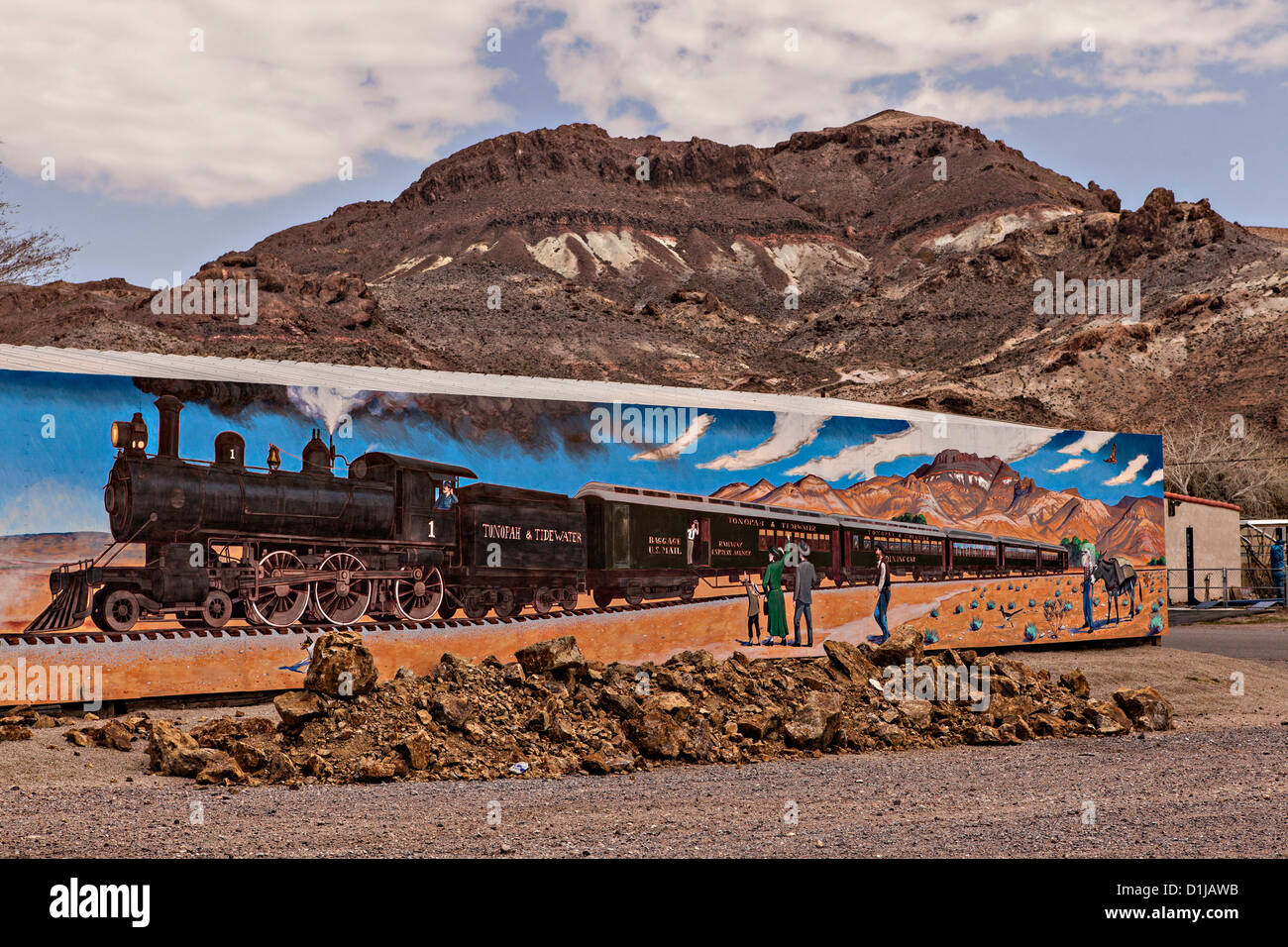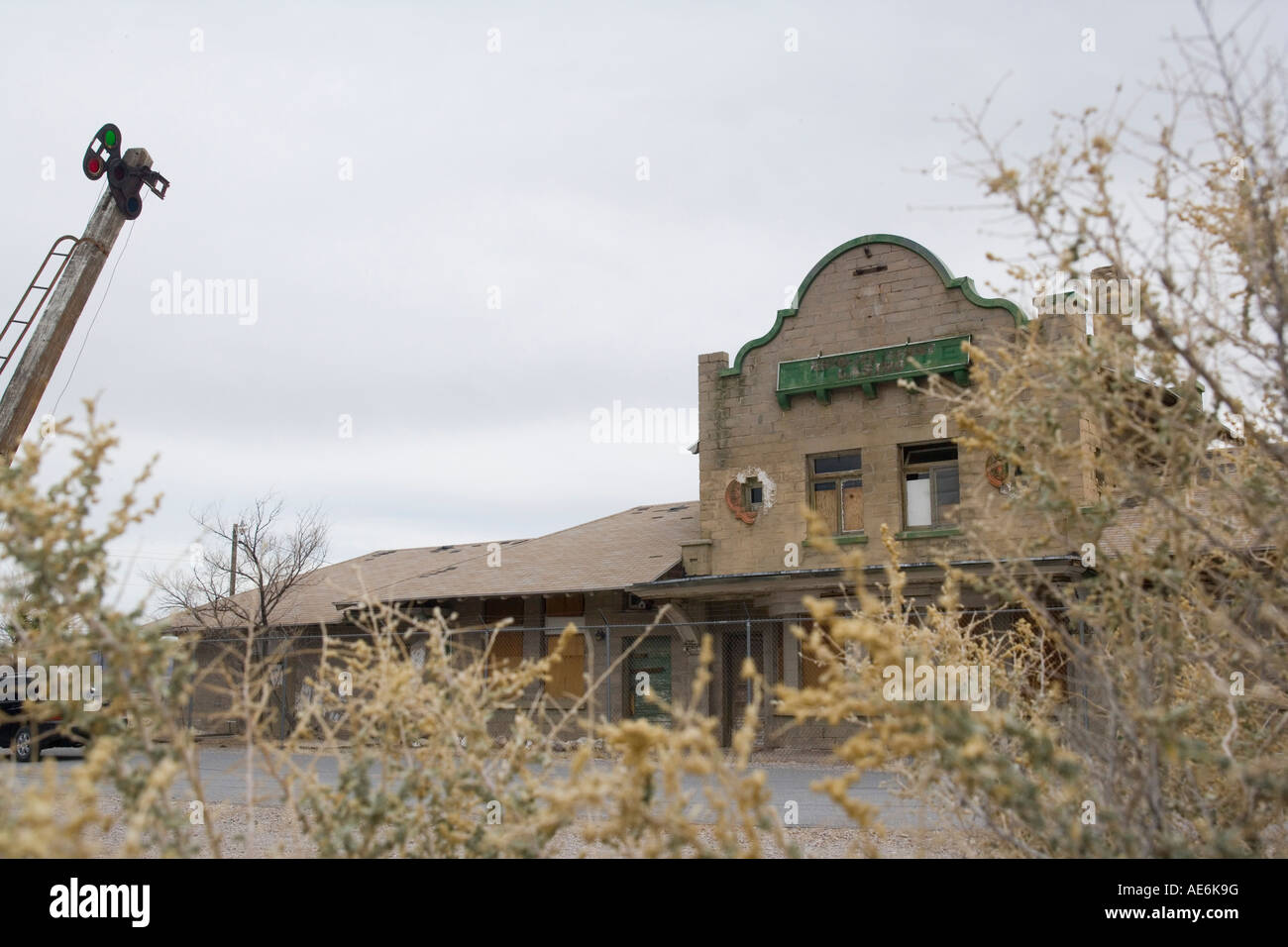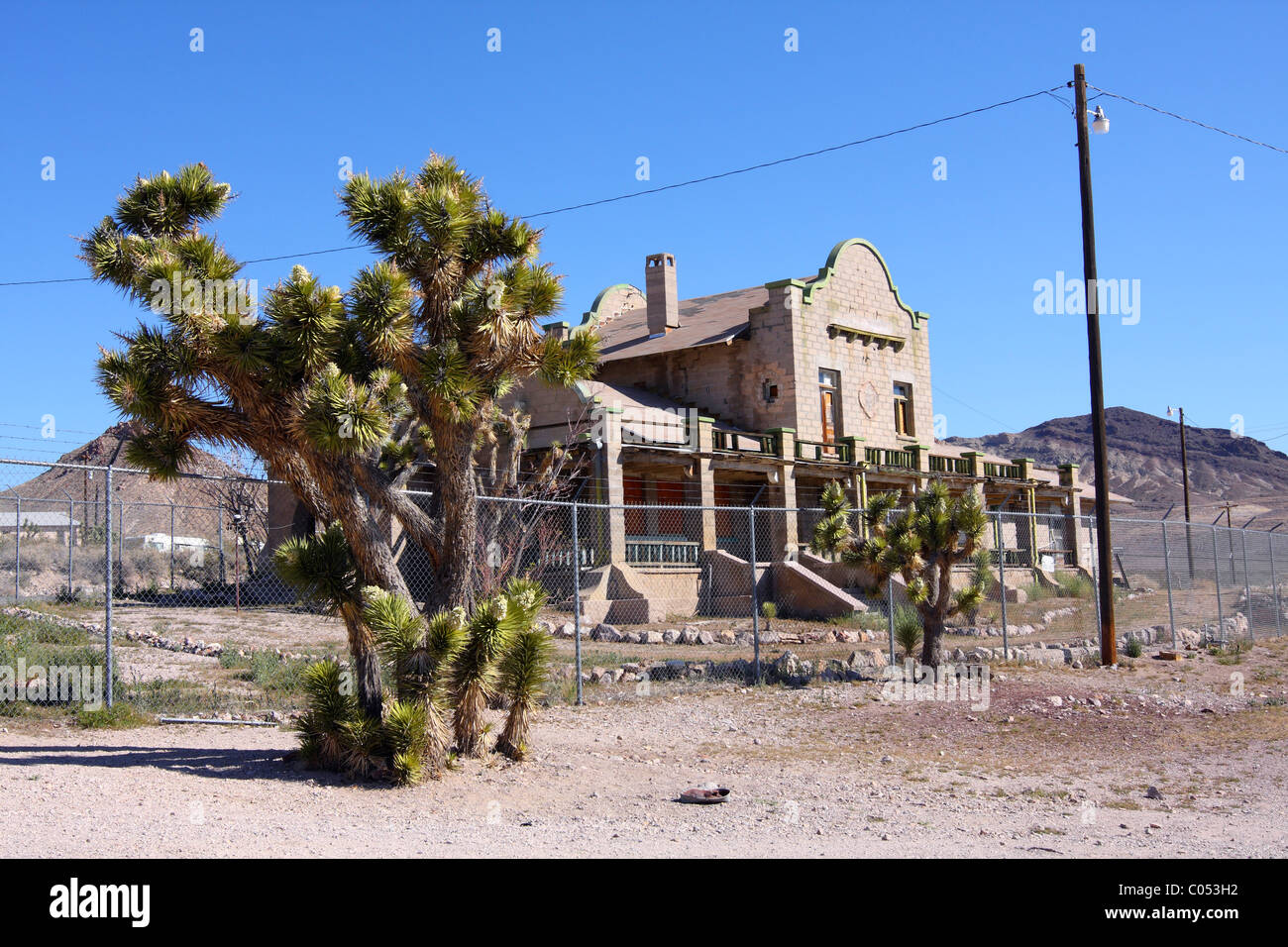
Of course! Here’s a 1,200-word journalistic article about the legends of America, incorporating the Nevada-Las Vegas-Tonopah Railroad and other fascinating details.
The Steel Veins and Whispering Winds: America’s Enduring Legends
America is a young nation by historical standards, yet its landscape is saturated with stories as ancient as its mountains and as fresh as its latest headline. These aren’t merely tales; they are the bedrock of its identity, the whispers of its past, and the blueprints for its future. From the primordial myths of its first peoples to the tall tales of the frontier and the spectral echoes of industrial might, America’s legends are a vibrant, ever-evolving tapestry woven from dreams, grit, and the profound human need to make sense of a vast, often unforgiving land.

To understand America, one must listen to its legends – not just the grand narratives of national heroes, but the localized lore that gives each corner of the continent its unique soul. These stories are more than entertainment; they are cultural artifacts, reflecting the hopes, fears, moral codes, and enduring spirit of the people who forged this nation.
The Deep Roots: Indigenous Echoes
Long before European sails touched these shores, the land vibrated with the legends of Native American tribes. These stories, passed down through generations, were not just myths but sacred histories, cosmological explanations, and moral teachings deeply intertwined with the natural world. The Coyote, a trickster and creator figure, appears in countless tales across tribes like the Navajo and Hopi, embodying the duality of chaos and wisdom. The Thunderbird, a majestic creature of immense power, brings storms and good fortune, a symbol of nature’s awe-inspiring might to the Plains Indians and Pacific Northwest tribes.
These legends taught respect for the land, the interconnectedness of all living things, and the delicate balance of existence. They were the original cartography of America, mapping not just physical features but spiritual pathways. "Every mountain, every river, every forest had a story," notes ethnographer Joseph Campbell, "a spirit, a personality." These foundational narratives, though often marginalized in mainstream history, continue to exert a powerful, sometimes subtle, influence on the American psyche, reminding us of the profound spiritual heritage embedded in the soil itself.
Forging a Young Nation: Colonial Whispers and Revolutionary Roars
As European settlers arrived, bringing their own folklore of witches, fairies, and historical heroes, a new layer of legend began to form. The chilling narratives of the Salem Witch Trials, born from fear and religious fervor, still serve as a dark cautionary tale about mass hysteria and injustice. Washington Irving, one of America’s first literary giants, skillfully blended European gothic with the burgeoning American landscape, giving us the Headless Horseman of Sleepy Hollow and the perpetually slumbering Rip Van Winkle, characters who embody the mysteries of the unknown and the passage of time in a young nation.
The American Revolution and the subsequent birth of the republic fueled a new type of legend: the national hero. Paul Revere’s midnight ride, immortalized by Longfellow, became a symbol of courage and vigilance, even if the poem took poetic license with the facts. Figures like Johnny Appleseed, a real person named John Chapman who tirelessly planted apple trees across the frontier, were elevated to mythical status, embodying the spirit of westward expansion, self-reliance, and a benevolent connection to nature. These legends were crucial in forging a nascent national identity, providing shared heroes and common narratives for a diverse populace.
The Wild West: Where Rails Met Raw Legend

But it was the vast, untamed American West that proved to be the most fertile ground for legend-making. The sheer scale of the landscape, the clash of cultures, the promise of untold riches, and the ever-present danger created a crucible for larger-than-life characters and epic sagas. Cowboys, outlaws like Jesse James and Billy the Kid, lawmen like Wyatt Earp, and frontiersmen like Davy Crockett became instant legends, their exploits exaggerated and romanticized, often blurring the lines between fact and fiction.
And nothing epitomized the conquest of this wild frontier quite like the railroad. The "iron horse" was not just a marvel of engineering; it was a legend in motion, a steel serpent carving its way through mountains and deserts, shrinking distances, and connecting disparate worlds. It brought progress, opportunity, and sometimes, ruin.
Consider the Las Vegas & Tonopah Railroad (LV&T). Chartered in 1905, this railway was a quintessential product of the Nevada mining boom. Its purpose was singular: to connect the burgeoning mining town of Tonopah, rich with silver and gold, to the tiny, dusty railroad stop of Las Vegas, a strategic point on the Union Pacific’s main line. It wasn’t about grand transcontinental dreams; it was about raw, capitalist ambition in the harshest of environments.
The LV&T traversed some of the most desolate and unforgiving terrain in the American Southwest – the Mojave Desert. Building it was an epic feat of human endurance against extreme heat, scarcity of water, and rugged topography. Each mile of track laid was a testament to the sweat and toil of hundreds of workers, many of them immigrants, who battled the elements and isolation. This railroad, though smaller in scale than the transcontinental lines, perfectly embodies the spirit of frontier legend: the audacious vision, the brutal effort, the speculative boom, and the inevitable bust.
Las Vegas, then little more than a watering hole, would grow into a legendary city of its own, built on dreams and vice, forever linked to the rail lines that first opened it to the wider world. Tonopah, a classic boomtown, saw its fortunes rise and fall with the price of silver, eventually becoming a quiet testament to the fleeting nature of mining wealth. The LV&T, which ceased operations in 1933, left behind faint grades and forgotten trestles – its own ghostly legend etched into the desert floor, a reminder of the transient nature of human endeavors against the backdrop of eternity. It’s a legend of man’s audacity to impose order and connection on an untamed land, and the land’s eventual reclamation of its own.
The Tall Tales and Industrial Giants
The American spirit of exaggeration and grandiosity also birthed the "tall tale." Paul Bunyan, the giant lumberjack and his blue ox Babe, carved out rivers and forests with their immense strength, embodying the scale of American industry and the pioneering spirit of taming the wilderness. Pecos Bill, a cowboy raised by coyotes, rode a cyclone and lassoed a train, reflecting the raw, untamed power of the West and the self-reliant individual. These figures weren’t just humorous; they were allegories for the nation’s boundless energy and ambition.
As America industrialized, new legends emerged. John Henry, the "steel-driving man," became a symbol of human strength and dignity against the onslaught of machines. His legendary race against a steam-powered drill, where he won only to die of exhaustion, speaks to the inherent tension between human labor and technological progress – a conflict that continues to resonate today.
Modern Myths and Urban Echoes
Even in the modern age, America continues to generate legends. Cryptids like Bigfoot in the Pacific Northwest forests or the Mothman in West Virginia capture our fascination with the unknown, the wild edges of our map that technology hasn’t fully tamed. Urban legends, shared through whispers and the internet, reflect contemporary fears and anxieties, from alligators in sewers to ghostly hitchhikers. These modern myths, though seemingly trivial, are just as potent as their predecessors in shaping our cultural landscape and collective imagination.
The Enduring Power of Story
America’s legends are not static museum pieces; they are living narratives, constantly reinterpreted and retold. They serve multiple purposes: they entertain, they instruct, they provide moral compasses, and they offer comfort in a complex world. They are the collective memory of a nation, embodying its triumphs and tragedies, its dreams and its demons.
From the spiritual connection to the land taught by indigenous tales, to the patriotic fervor of revolutionary heroes, to the rugged individualism of the Wild West and the industrial might of the Gilded Age – each legend tells us something fundamental about what it means to be American. The steel veins of the Las Vegas & Tonopah Railroad, though silent now, still whisper tales of ambition, resilience, and the relentless pursuit of opportunity in a land that never ceases to inspire awe and wonder.
In a nation as diverse and dynamic as the United States, these legends are the unifying threads, reminding us that despite our differences, we share a common heritage of storytelling, a collective imagination that continues to shape our identity, one myth, one hero, one forgotten railroad at a time. To truly know America is to immerse oneself in these timeless tales, for in their echoes, one finds the very soul of the nation.


